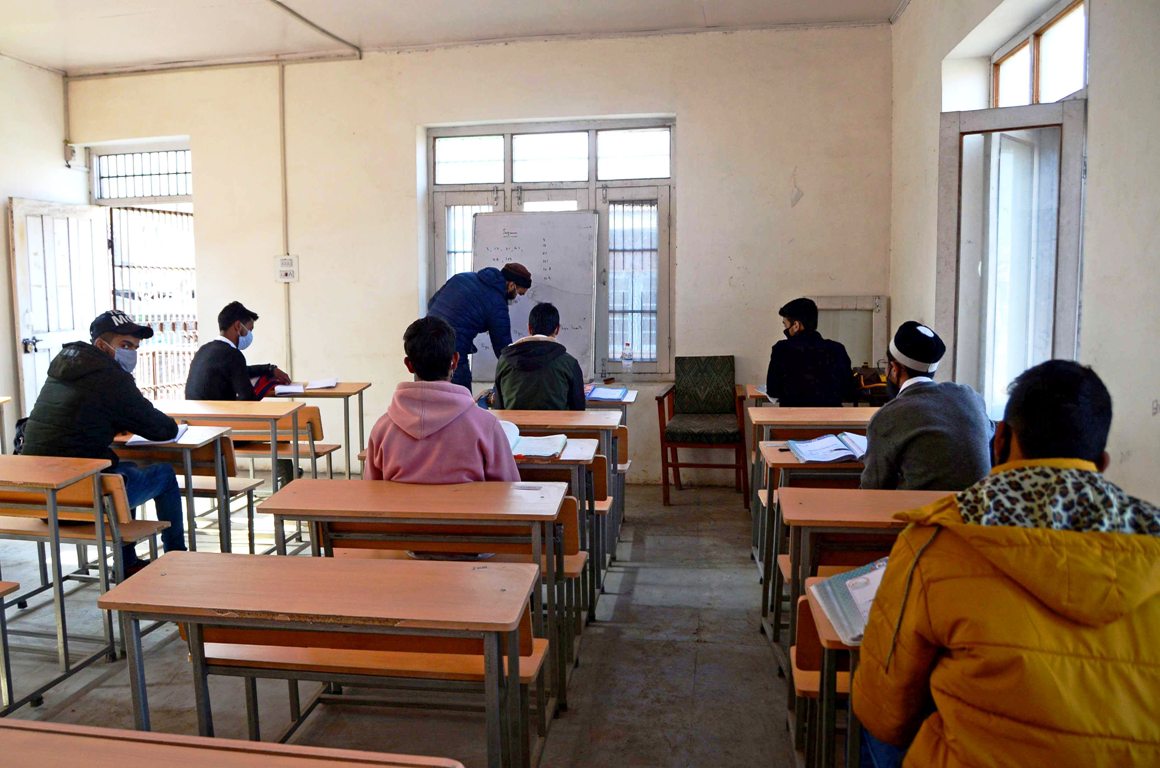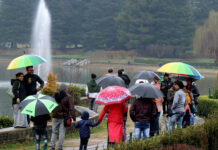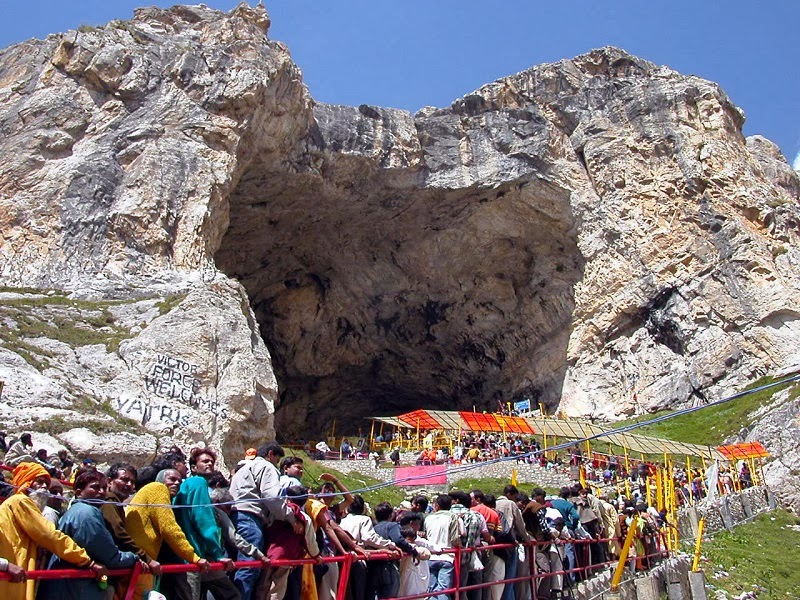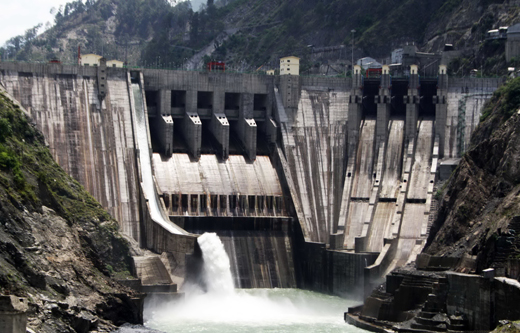KL News Network
Srinagar
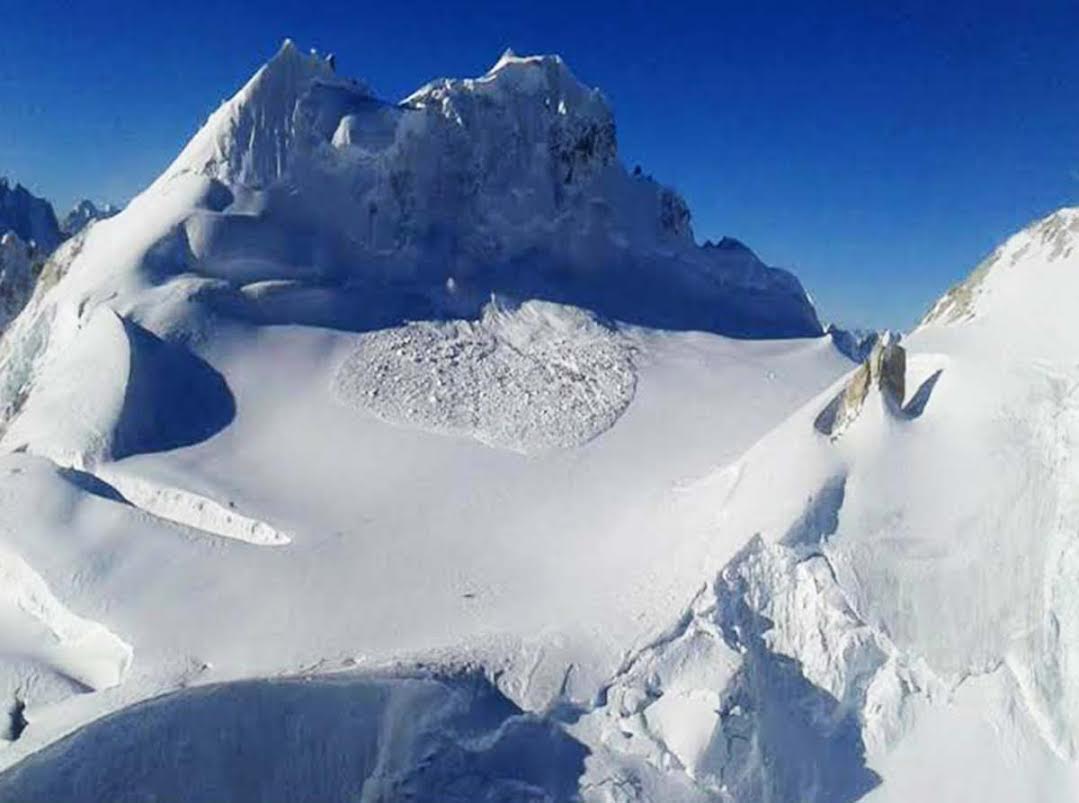
The Snow and Avalanche Study Establishment (SASE) had informed the Indian army beforehand about the possibility of the snow avalanches striking parts of valley, reported Indiatoday.in.
However, “Army did not respond, senior commanders have admitted to the ‘difficulty’ posed by the tough choices.”
The reason of non-response from the army, the report reflects, could have led to the situation that culminated into Indo-Pak Kargil War if army had left the posts vacant after avalanche warning.
“In the pre-Kargil era, we would vacate some posts during the winter months but ever since, we are not a position to vacate any post facing Pakistan. We ask ourselves – can Pakistan occupy the post we vacate? If the conditions on their side are as bad, only then we vacate, if not, we stay even if this puts us at immense risk,” the report quotes a senior officer explaining.
The recent major snowfall that happened in Kashmir valley consumed over two dozen lives include twenty army men.
The report quotes Ashwagosh Ganju, Director SASE as having said, “Avalanche is a result of many factors. These avalanches were predicted in advance. It can’t be said that they will occur at so and so time and in such and such area but we have what is called an area forecast and we could tell them about the area concerned. This was passed on to the Army.”
“With the unprecedented, high-intensity snowfall, we knew that an avalanche would strike but predicting intensity is not possible, still we had informed the people,” the report quotes Ganju .
Talking about the predictions, the Director of SASE said that reports are about 80-85 per cent accurate.


